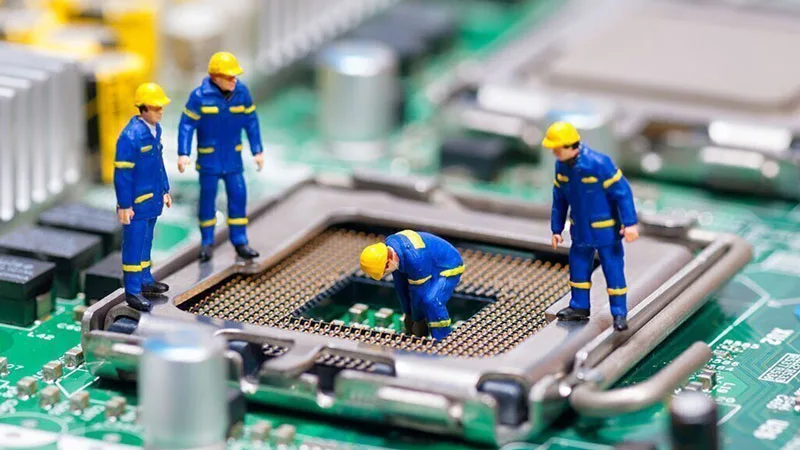When facing a malfunctioning laptop, the decision to repair or replace is pivotal. Repairing minor issues like a cracked screen or malfunctioning components is often more economical than purchasing a new device. Even extensive repairs like motherboard failure may not surpass the cost of a brand-new laptop. Opting for repair not only saves money but also prolongs the lifespan of your device, maximizing its initial investment. Three key considerations guide this assessment:
Assessing Condition and Age:
Evaluating your laptop’s condition and age informs whether repair or upgrading is the best choice. If relatively new, repair maintains your investment and potentially extends its lifespan. Alternatively, upgrading older laptops with outdated features, such as adding more RAM or improving storage capacity, can revitalize them. Choosing repair or upgrading not only saves money but also reduces electronic waste, contributing to sustainability efforts.
When assessing condition and age, several factors come into play. Firstly, consider the overall physical condition of the laptop. Are there signs of wear and tear, such as scratches, dents, or loose hinges? Next, evaluate the performance of the laptop. Is it running slowly, crashing frequently, or experiencing hardware issues? Additionally, take into account the age of the laptop. Is it still relatively new, within its warranty period, or has it surpassed its expected lifespan? These factors will help determine whether repair or replacement is the most cost-effective option.
Considering Urgency and Downtime:
Repair or upgrade options typically offer quicker solutions than purchasing a new laptop. Swift repair services minimize downtime, enabling you to promptly resume work. Conversely, acquiring a new laptop entails research and delivery waiting times, resulting in prolonged downtime. Opting for repair or an upgrade prioritizes efficiency and minimizes workflow disruption.
When considering urgency and downtime, it’s essential to assess the impact of laptop failure on your daily activities. For individuals who rely heavily on their laptops for work, study, or personal tasks, any downtime can be highly disruptive. In such cases, opting for a quick repair or upgrade may be the most practical solution to minimize disruption and restore productivity. However, if the laptop failure is less urgent or if you have alternative devices available, you may have more flexibility in considering replacement options.

Making an Informed Decision Between Repair and Buy:
Carefully evaluating between repair, upgrade, or replacement is crucial. Repairing or upgrading your laptop saves money, extends its lifespan, and decreases electronic waste. Consider factors like condition, urgency, and potential for upgrading to align your decision with your budget, needs, and values. Ultimately, choosing repair, upgrade, or replacement underscores your commitment to sustainability and maximizing the value of your technology investment.
In conclusion, while the initial inclination might be to replace a malfunctioning laptop, a thorough cost-effectiveness analysis often favors repair. By carefully considering factors like condition, age, urgency, and the potential for upgrading, individuals can make informed decisions that not only save money but also contribute to sustainability efforts. Repairing or upgrading existing laptops not only extends their lifespan but also minimizes electronic waste, reflecting a commitment to efficiency and environmental responsibility. When faced with a malfunctioning laptop, take the time to assess your options carefully and choose the solution that best aligns with your needs and values.

